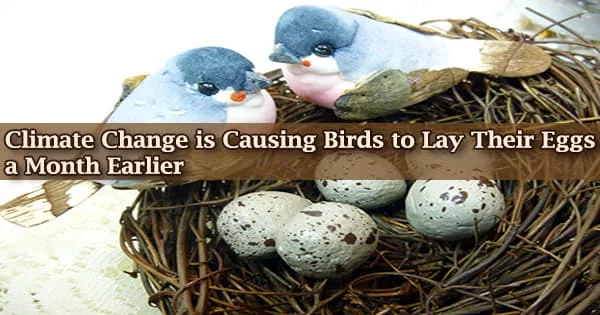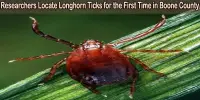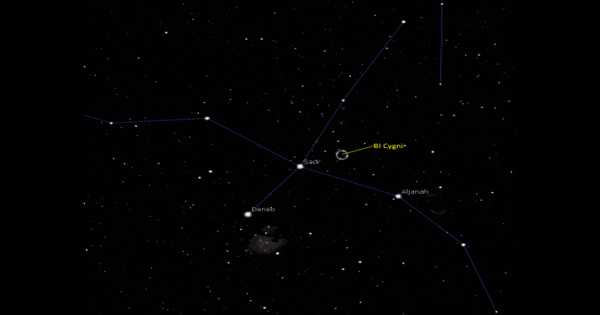Coral reefs are massive underwater constructions made up of the bones of colonial marine invertebrates. Because they extract calcium carbonate from saltwater to construct a hard, resilient exoskeleton that covers their soft, sac-like bodies, coral species that build reefs are known as hermatypic, or “hard,” corals.
An international team of researchers, including several from the University of Hawai’i (UH) at Mānoa, quantified five critical ecological processes on more than 500 coral reefs around the world to learn how they interact, what distinguishes the most functional reefs, and what this means for reef management.
Their findings, which were published today in Nature Ecology and Evolution, show that five fundamental services performed by fish communities are inherently interconnected: algae removal, predation, biomass generation, and nitrogen and phosphorus cycling.
As a result, while the community structure of reef fishes on any specific reef influences the performance of these processes, no reef can maximize all five processes at the same time.
Corals can be found all across the world’s oceans, from Alaska’s Aleutian Islands to the Caribbean Sea’s warm tropical waters. The largest coral reefs are located in the tropics and subtropics, where the water is clear and shallow.
The Great Barrier Reef in Australia is the largest of these coral reef systems, stretching over 1,500 miles (2,400 kilometers). Coral reefs are frequently referred to as ocean jungles. They support a wide range of species and are quite productive.
Climate change and local problems like overfishing have resulted in a dramatic decline in coral reefs around the world, prompting experts to wonder whether future generations will still see healthy, ‘functioning’ coral reefs.
But what exactly makes a coral reef ‘functional’?
Our work is novel because it quantifies multiple functions for the first time. Previously, most researchers have used the biomass of a fish community as a proxy for coral reef functioning but we show that it is critical to look beyond biomass and really disentangle the different components of functioning to understand how reefs work.
Valeriano Parravicini
“Imagine a coral reef fish community swirling with small fishes that feed on algae,” explained Nina Schiettekatte, the lead author, former doctoral student at the Center for Island Research and Environmental Observatory, and postdoctoral fellow at UH Mānoa’s Hawai’i Institute of Marine Biology (HIMB).
“This community will be characterized by high algal consumption and high biomass production, but it will have low phosphorus cycling because these species excrete very little phosphorus.”
This means that natural processes on coral reefs around the world are in a fragile balance, and it’s difficult to optimize them all. The researchers gleaned this information by merging data from individual fish with a massive dataset on fish communities around the world.
From circular, folded brain corals (called for its similarity to a human brain) to tall, elegant sea whips and sea fans that resemble intricate, vibrantly colored trees or plants, coral come in a dizzying assortment of shapes and hues.
A detailed look reveals local super heroes
“Throughout this project, we collected thousands of fishes across more than 100 species to gain detailed biological information on how they acquire and use energy and nutrients,” explained Jordan Casey, an Assistant Professor at the University of Texas at Austin.
This data can then be projected onto communities to see how fish communities move biomass and nutrients through the food web collectively.
“Our work is novel because it quantifies multiple functions for the first time,” Valeriano Parravicini, Professor at EPHE in Perpignan, France stated.
“Previously, most researchers have used the biomass of a fish community as a proxy for coral reef functioning but we show that it is critical to look beyond biomass and really disentangle the different components of functioning to understand how reefs work.”
Knowing that no reef can do well in all areas, the researchers wondered if there is a collection of species that is more significant than others. Surprisingly, they discovered that no single species was consistently important throughout its distribution, but that half of all species were significant in at least one location.
“This means that there are no global super-hero fish species for ecosystem functioning,” said Sébastien Villéger, researcher at the CNRS in Montpellier, France. “But there are many local super heroes.”
A more nuanced management approach
“This work really changes the way we need to think about coral reef conservation,” Simon Brandl, an Assistant Professor at the University of Texas at Austin concluded.
“Since we cannot maximize all aspects of functioning, we clearly need to develop a more nuanced approach to conserving coral reefs that considers local species, ecosystem dynamics, and stakeholder needs.”
The establishment of such locally tailored management aims may become a race against time as coral reefs experience more and more frequent disruptions.
















